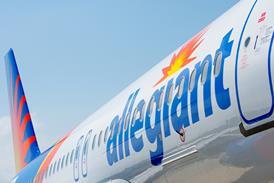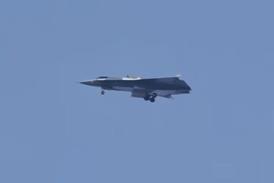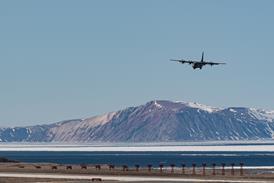European airports are not embracing collaborative decision-making processes fast enough, leaving aircraft management on the ground at airports and through the whole network far less efficient than it could be. This was the message that the head of the Civil Air Navigation Services Organisation Graham Lake delivered at the Airports Council International - Europe's annual assembly in Milan on 18 June.
Lake says that the required investment to introduce a network-centric "neural" communications system that enables the hundreds of stakeholders operating at an airport to share information does not have a sufficiently obvious financial return to persuade some airport managers to provide the money.
He argues, however, that airports, airlines and ground handling services could all operate more efficiently with significantly fewer assets if the investment was made.
According to Lake, collaborative decision-making is a case of migrating from airport management using chinagraph boards to electronic networking that links all the players at the airport and beyond it, enabling operations to be harmonised.
It works particularly well in optimising gate use, speeding turnarounds, and avoiding the loss of slots, thus improving runway utilisation, he says.
Lake says airport and air traffic management collaborative decision-making needs to be implemented globally, not just in Europe, although Europe's shortage of runways makes it more urgent there. Meanwhile the Eurocontrol-led system-wide information management (Swim) project, working on a system for extending collaborative decision-making beyond and between airports, is about to receive a boost from the first fruits of European research and development for the SESAR single sky project.
After three years of work, Selex Sistemi Integrati has led a team of partners in the successful design of a prototype communications networking system it calls Swim-Suit. The company says it aims to provide "all the necessary infrastructures to integrate all kinds of information."
Selex says functions that can now be tested include USA/Europe interoperability, collaborative departure and trajectory management, and communications integration of the European aeronautical information database, which provides global aeronatical information.
Source: Flight International























